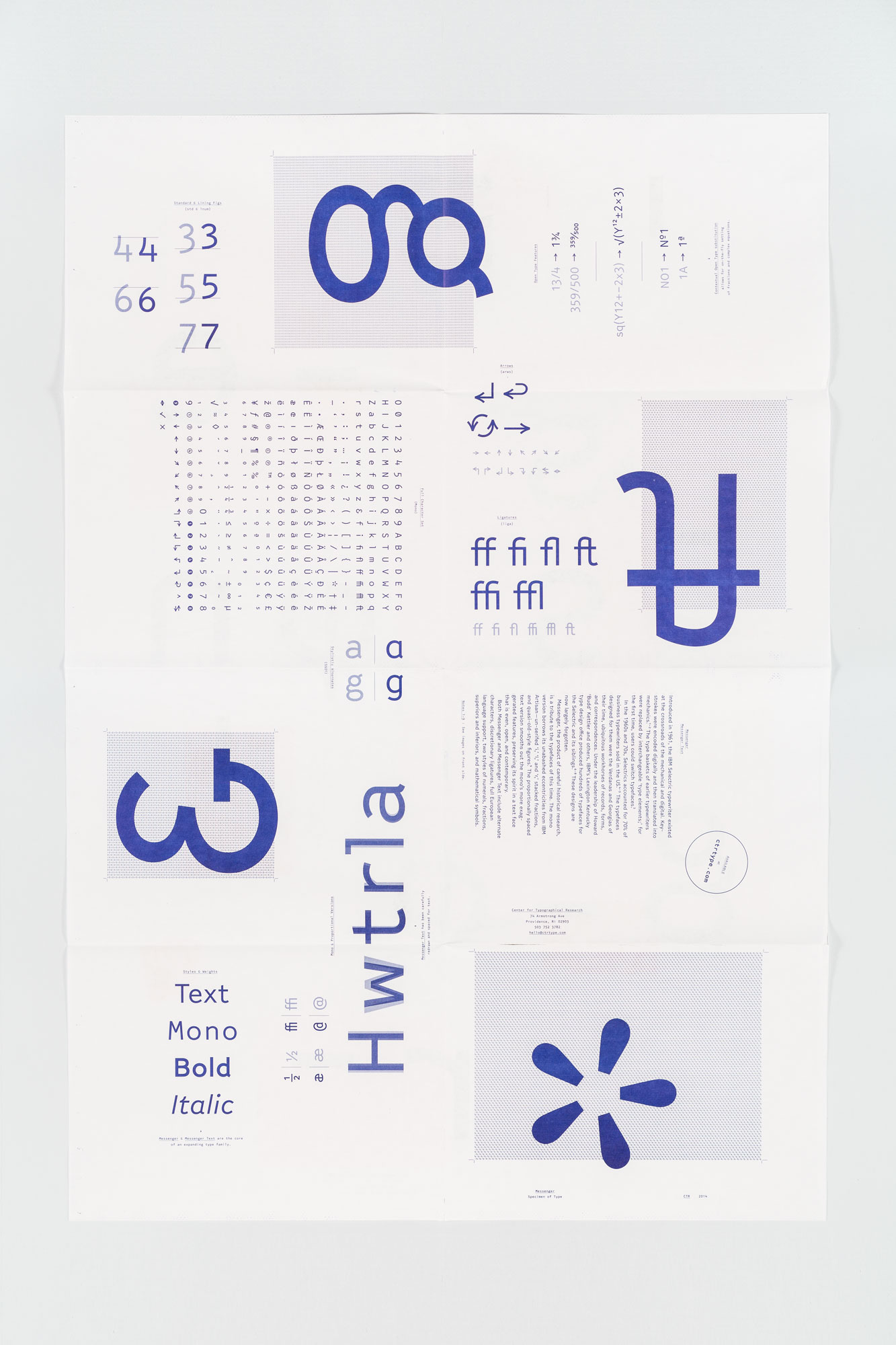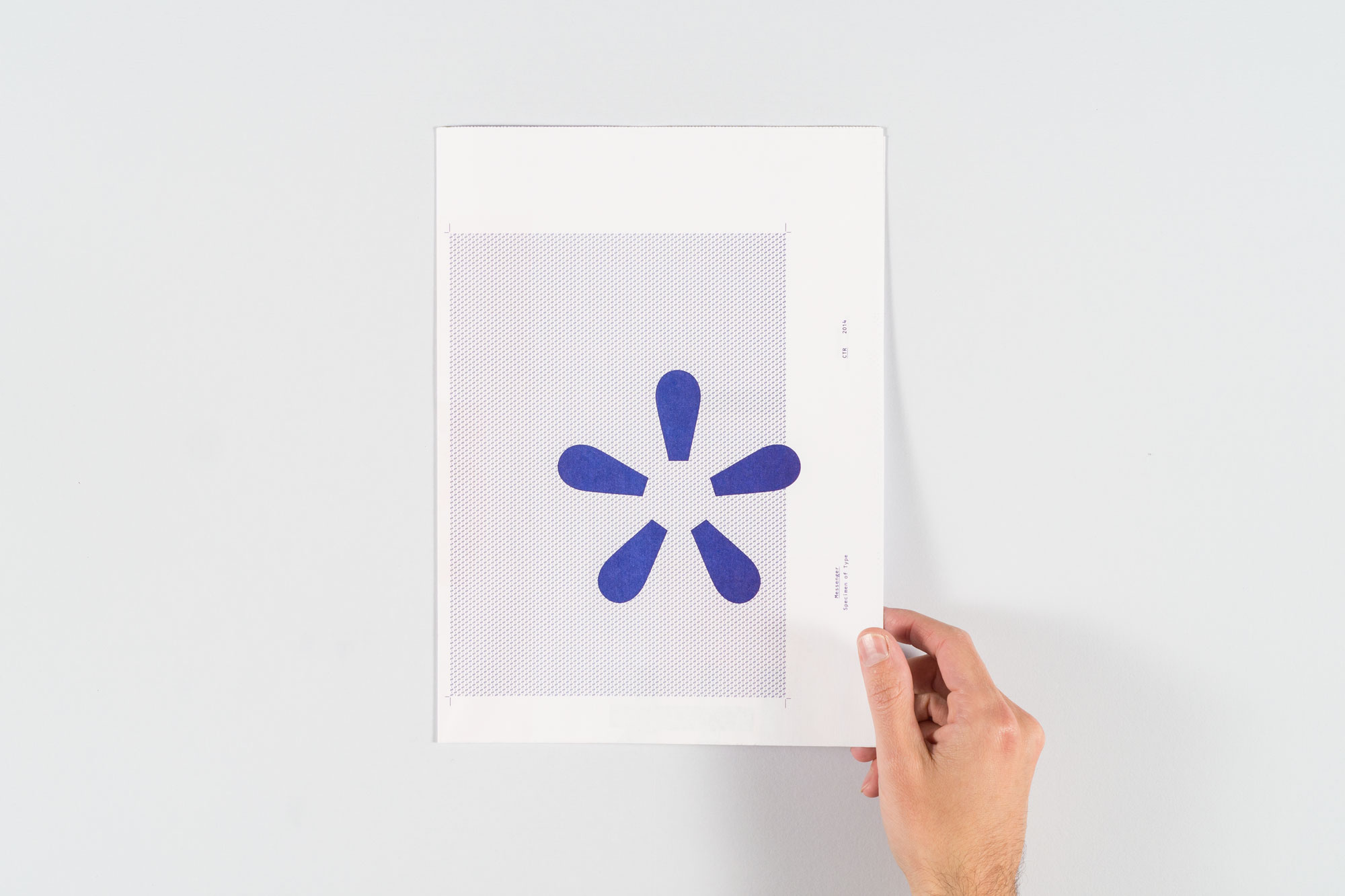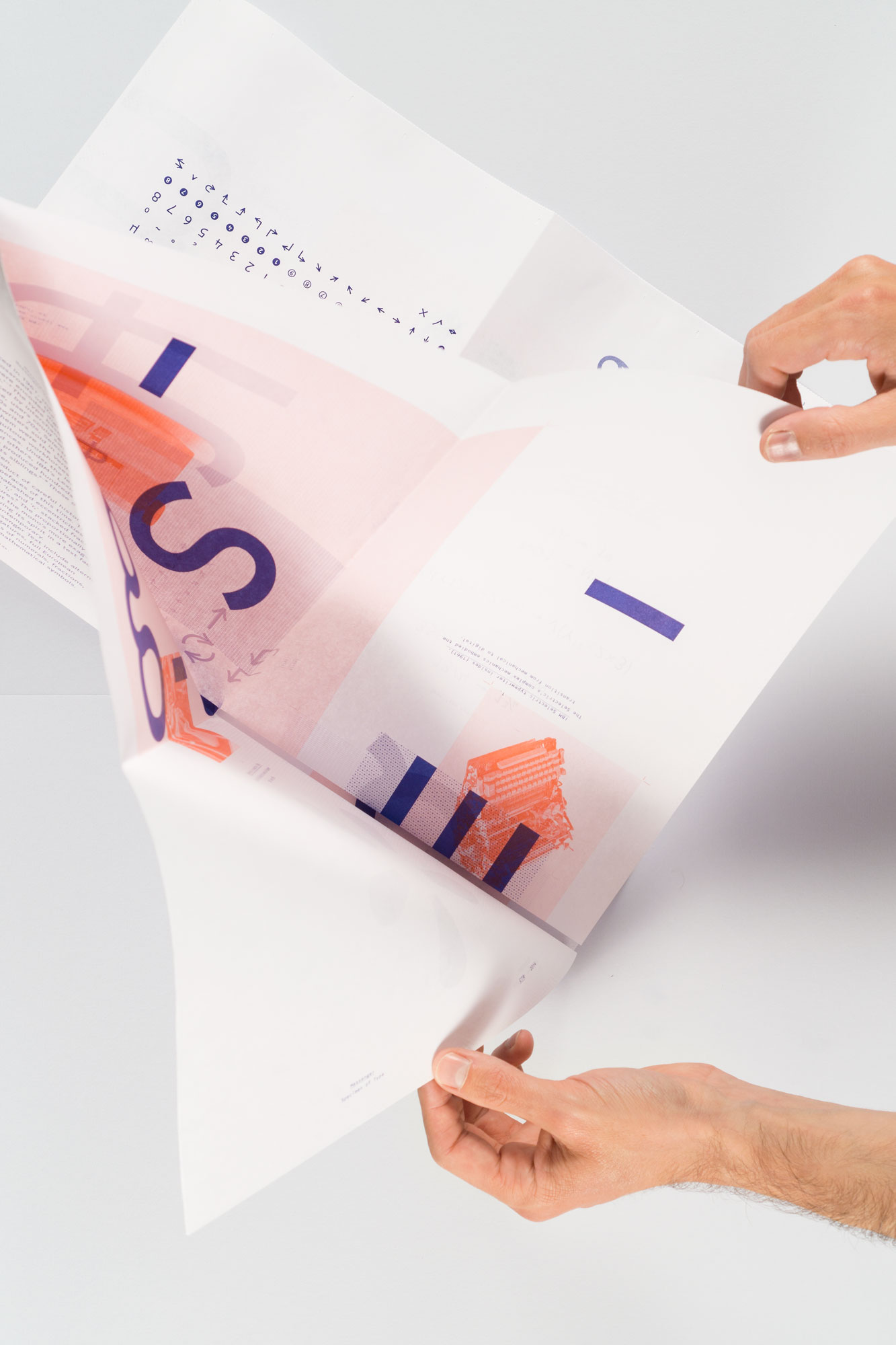





Messenger
Typeface and Specimen Sheet
With Anther Kiley
Introduced in 1961, the IBM Selectric typewriter existed at the crossroads of the mechanical and digital. Key-strokes were encoded digitally and then translated into mechanics. The type baskets of earlier typewriters were replaced by interchangeable ‘type elements;’ for the first time, users could switch typefaces.
In the 1960s and 70s, Selectrics accounted for 70% of business typewriters sold in the US. The typefaces designed for them were the Verdanas and Georgias of their time, ubiquitous workhorses of records, forms, and correspondences. Under the leadership of Howard ‘Budd’ Kettler and others, IBM’s Lexington Kentucky type design office produced hundreds of typefaces for the Selectric and its siblings. These designs are now largely forgotten.
Messenger, the product of careful historical research, is a tribute to the typefaces of this time. The mono version borrows its unabashed eccentricities from IBM Artisan—un-serifed ‘i,’ ‘I,’ and ‘r,’ stacked fractions, and quasi-old-style figures. The proportionally spaced text version smooths out the mono’s more exaggerated features, preserving its spirit in a text face that is even, open, and contemporary.
Both Messenger and Messenger Text include alternate characters, discretionary ligatures, full European language support, two styles of numerals, fractions, superiors and inferiors, and mathematical symbols.
© Dorothy 2023